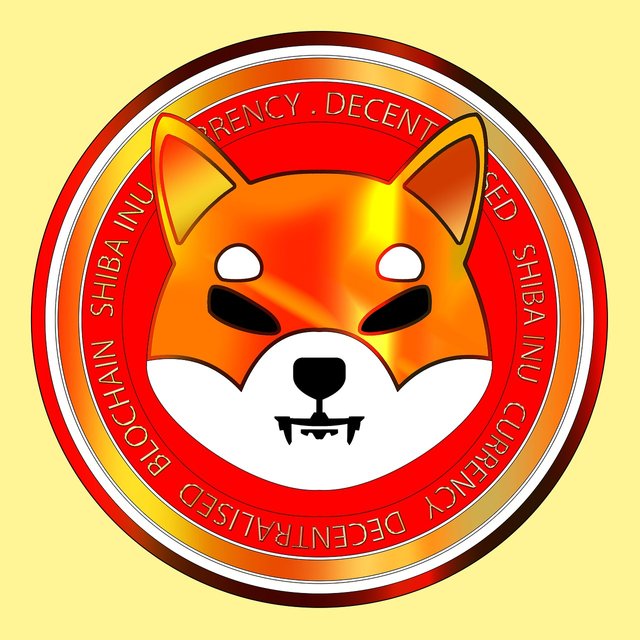Understanding Shiba Inu
The guiding tenets of the Shiba Inu ecosystem are spelled out in a "woof paper" (presumably a play on white paper), available at the ShibaToken.com website.
According to the paper, Shiba Inu was developed as the answer to a simple question: "What would happen if a cryptocurrency project was 100% run by its community?" Its founder Ryoshi attributes its origins to an "experiment in decentralized spontaneous community building." According to Ryoshi, the power of collective decentralization can build something stronger than a centralized team ever could create.
The SHIBArmy's base of over 500,000 members embrace its founding principles, which are:
The project started from zero, with zero, in the spirit of creating something out of nothing;
It was not founded from an existing community or preassembled team; and
A professed love of Shiba Inu dogs.
Because Shiba Inu is an Ethereum-based ERC-20token, it is created on and hosted by the Ethereum, blockchain instead of its own blockchain. Ryoshi states in the paper that he chose to build the Shiba Inu ecosystem on Ethereum because it was already secure and well-established, and it allowed the project to stay decentralized.
The Shiba Inu Ecosystem
The Shiba Inu ecosystem consists of the following three tokens:
Shiba Inu (SHIB): This is the project's foundational currency. Starting with a supply of 1 quadrillion (equal to 1,000 trillion), Ryoshi locked 50% in Uniswap (for liquidity purposes) and then sent the other 50% to Ethereum co-founder Vitalik Buterin for safekeeping. In May 2021, Buterin donated more than 50 trillion Shiba Inu coins, then worth over $1 billion, to a COVID-19 relief fund in India, when the nation was reeling from the Delta variant of the coronavirus. Shortly thereafter, Buterin also "burned"—or permanently removed from circulation—40% of Shiba Inu's total supply to a so-called dead wallet.
Leash (LEASH): The second token in the Shiba Inu ecosystem, Leash represents the other end of the ecosystem's spectrum, with a total supply of only 107,646 tokens compared with the trillions of Shiba Inu tokens.
Bone (BONE): Bone fits in between the other two tokens in terms of circulation supply, with a total supply of 250,000,000 tokens. It is designed to be a governance token that will allow the SHIBArmy to vote on upcoming proposals
The Shiba Inu Ecosystem also includes:
ShibaSwap: The goal of DeFi platform ShibaSwap is to provide a safe place to trade cryptocurrencies while remaining decentralized. SHIB and LEASH are best purchased and sold through ShibaSwap.
Shiba Inu Incubator: The incubator aims to shift the focus beyond popular art forms such as painting, photography, and digital rendering and discover ways to honor creativity and ingenuity.
Shiboshis: Shiboshis are 10,000 Shiba Inu-generated non-fungible tokens (NFTs) written on the Ethereum blockchain, with different traits that make each Shiboshi unique and collectible.
Canine terms
In keeping with the dog theme, the aforementioned Shiba Inu woof paper uses canine terms to describe how returns can be generated from one's Shiba Inu tokens. On ShibaSwap, these tokens can be used to "dig" (provide liquidity), "bury" (stake tokens), and even "fetch" (exchange one token for another). Tokens used in these strategies generate "Woof" returns in the form of Bone tokens that are distributed to token pools known as "Puppy Pools," according to the woof paper.
For cryptocurrency enthusiasts, part of the allure of meme coins is that they reject conventional protocols, and this unconventional approach may extend to the use of canine terms to describe return strategies. But they certainly seem to be a world away from staid investment terms such as return on ivestement and liquidity.

Authors get paid when people like you upvote their post.
If you enjoyed what you read here, create your account today and start earning FREE STEEM!
If you enjoyed what you read here, create your account today and start earning FREE STEEM!